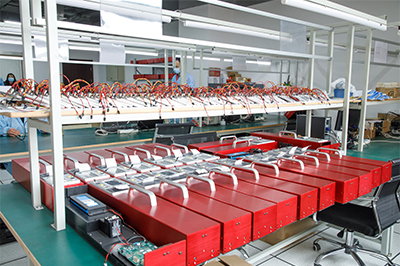Road Marking Paint and Machine Manufacturer
+86-15668659958
Road Marking Paint and Machine Manufacturer
+86-15668659958

The operation steps of the retroreflective coefficient measuring instrument for reflective markings are as follows:

Instructions for using the retroreflective coefficient measuring instrument for reflective markings:
This device is an instrument for measuring the optical performance of reflective markings. This instrument is a precision optical instrument. During use, measurements should be carried out according to the usage steps and requirements. Pay attention to the cleanliness of the instrument and prevent vibration.
The execution standard for the retroreflective coefficient measuring instrument for reflective markings is:
National standard GB/T16311-2004 “Quality Requirements and Testing Methods for Road Traffic Markings”,
The transportation industry standard JT/T280-2004 “Road Marking Coatings” specifies technical indicators for the optical performance of reflective markings at night, and the retroreflective marking measuring instrument provides a measuring instrument for controlling construction quality.
Description of Retroreflective Coefficient Measuring Instrument for Reflective Markings:
The brightness of reflective markings is represented by the reflection coefficient, in units of mcd/lx/m2. Its physical meaning is the brightness value generated per unit area under unit lighting conditions. Place the instrument above the measured line, which displays the value of the reflection coefficient in digital form, reflecting the objective evaluation of the driver’s reflection brightness of the line under driving conditions. The instrument consists of a measuring host, power supply, charger, and standard board.

Features:

Notes:
Retroreflective marker measuring instrument parameters:
★ Measurement range: 0-1999.
★ Uncertainty:<5%.
★ Observation angle: 0.2 °.
★ Incident angle: -4 °.
★ Light source color temperature: 2856K.
★ Receiver: V ƒ correction.
★ Applicable ambient temperature: -20 °~50 °.
★ Continuous working time for a single charge:<10 hours.
★ Relative humidity: 80%.
★ Boundary dimensions: 500 Í 420 Í 180.
★ Weight: 8Kg.
Introduction:
This instrument is used to measure the optical properties of various reflective films, reflective fabrics, and various road sign boards made of such materials. This instrument meets the requirements of the Technical Conditions for Highway Traffic Sign Board (Transportation Industry Standard JT/T279-1995). The instrument was sent to the China Institute of Metrology for testing in December 2001 and obtained a testing certificate (certificate number GXpj2001-0008). In September 2002, it was sent to the Highway Engineering Testing Instrument Metrology Verification Station of the Ministry of Transportation for verification and obtaining a certificate of conformity. This instrument provides necessary testing tools for highway sign manufacturers, supervision companies, and quality inspection departments. It is a condition for measuring whether a construction unit has construction qualifications, and is an instrument for construction guidance, on-site testing, completion acceptance, and quality assurance. Received positive feedback from users during long-term use.
Features:
The geometric conditions for measurement are an observation angle of 0.2 ° and an incidence angle of 4 °, which comply with the industry standards of the Ministry of Transportation.
★ Able to measure 24/7 regardless of day, night, field, or indoor conditions.
This instrument belongs to non-destructive testing and does not cause damage to the tested product.
The number displayed on the instrument is a direct reading reverse reflection system; Unit: cd/1x/m2.
The instrument is equipped with a set of physically stable standard boards and calibrated using data transmission, with high accuracy.
★ Small in size, light in weight, convenient for carrying or field operations.
